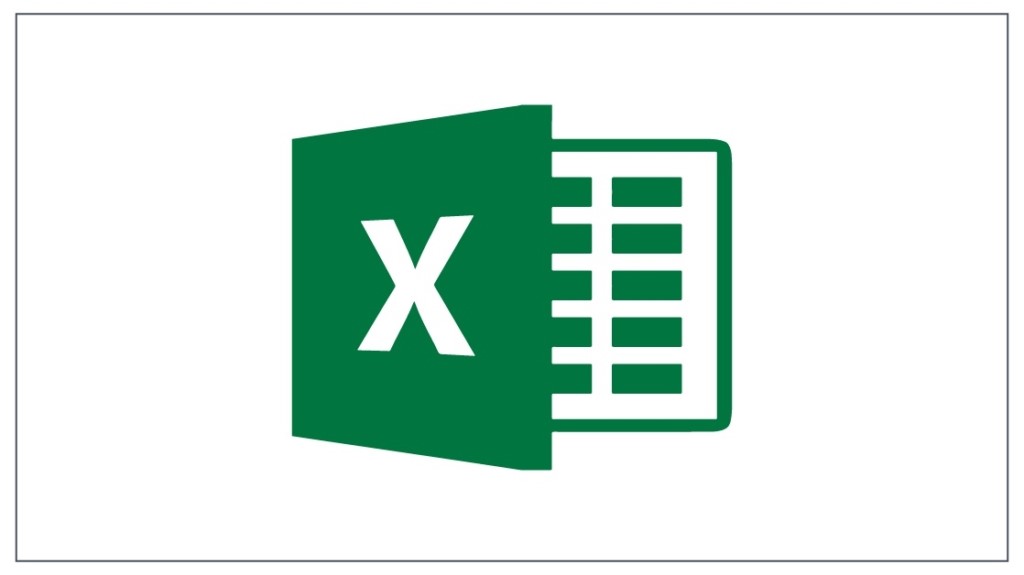Microsoft Excel is a powerful tool used by professionals across various industries to manage, analyze, and present data. At the heart of Excel’s functionality are formulas. These formulas enable users to perform complex calculations, automate tasks, and derive insights from raw data. Mastering Excel formulas is essential for anyone looking to fully leverage the software’s capabilities. Whether you’re a beginner or an advanced user, understanding how to use formulas can enhance your productivity. Below we’ll get into the importance of mastering Excel formulas and provide insights into some of the most useful and commonly used functions.
The Importance of Mastering Excel Formulas
Excel formulas are the building blocks of data analysis within the software. They allow users to perform calculations ranging from simple arithmetic to complex statistical analyses. Mastering Excel formulas not only improves accuracy but also saves time by automating repetitive tasks. For example, instead of manually summing a column of numbers, a simple SUM formula can accomplish the task in seconds.
Moreover, mastering Excel formulas opens the door to more advanced data manipulation techniques. Formulas can be combined to create powerful, custom functions that can analyze data in ways that meet specific business needs. For instance, combining IF statements with VLOOKUP functions can automate decision-making processes based on specific criteria. This level of mastery transforms Excel from a simple spreadsheet tool into a robust platform for data-driven decision-making.
Furthermore, mastering Excel formulas enhances your ability to present data clearly and effectively. Well-crafted formulas allow you to generate accurate reports, dashboards, and visualizations that communicate insights to stakeholders. This capability is particularly valuable in fields such as finance, marketing, and operations, where data plays a critical role in strategy and execution.
Essential Excel Formulas for Every User
One of the first steps in mastering Excel formulas is to become familiar with essential functions that every user should know. These foundational formulas form the basis for more complex operations and are frequently used in various professional contexts. For example, the SUM formula is one of the most basic yet powerful functions in Excel. By summing up a range of cells, this formula provides a quick and easy way to calculate totals.
Moreover, the AVERAGE formula is another fundamental function that calculates the mean of a set of numbers. This formula is particularly useful for analyzing data trends, such as determining the average sales per month or the average response time to customer inquiries. Understanding how to use the AVERAGE formula effectively is a key aspect of mastering Excel formulas.
Additionally, the IF function is a critical tool for performing logical tests and making decisions based on specific conditions. By using IF statements, you can create formulas that return different results depending on whether a condition is true or false. For example, an IF formula can automatically categorize sales data as “High,” “Medium,” or “Low” based on predefined thresholds. Mastering the IF function allows you to add a layer of logic to your data analysis, making your spreadsheets more dynamic and responsive.
Furthermore, the VLOOKUP function is indispensable for working with large datasets. VLOOKUP searches for a specific value in one column and returns a corresponding value from another column. This formula is particularly useful for merging data from different sources or finding specific information within a large dataset. Mastering VLOOKUP can save you hours of manual data entry and ensure that your reports are both accurate and comprehensive.
Combining Formulas for Advanced Analysis
Once you have a solid grasp of the essential Excel formulas, the next step in mastering Excel formulas is learning how to combine them for more advanced analysis. Combining formulas allows you to perform complex calculations and automate processes that would otherwise be time-consuming. For example, nesting IF statements within VLOOKUP functions can create sophisticated decision-making tools that adjust based on multiple criteria.
Moreover, combining formulas like SUMIF and COUNTIF enables you to perform conditional calculations. SUMIF adds the values in a range that meet a specific condition, while COUNTIF counts the number of cells that meet a condition. By using these formulas together, you can quickly calculate totals or averages based on specific criteria, such as summing sales for a particular region or counting the number of orders above a certain value. Mastering these combinations enhances your ability to analyze data in a targeted and efficient manner.
Additionally, mastering Excel formulas involves understanding array formulas, which can perform multiple calculations on a range of values simultaneously. Array formulas are powerful tools for performing complex calculations that involve multiple criteria. For example, an array formula can calculate the total sales for a specific product across multiple regions and time periods. While array formulas can be challenging to learn, they are invaluable for advanced data analysis.
Furthermore, Excel’s TEXT functions, such as CONCATENATE and TEXTJOIN, allow you to manipulate and format text within cells. These functions are particularly useful for creating custom labels, formatting dates, and combining data from different sources. Mastering these text functions enables you to present data in a more polished and professional manner, enhancing the readability and impact of your reports.
Tips for Mastering Excel Formulas
Mastering Excel formulas requires practice, experimentation, and a willingness to explore the software’s full potential. One of the best ways to improve your skills is to work with real-world datasets and experiment with different formulas. This hands-on approach allows you to see how formulas behave with actual data and helps you understand how to apply them in various scenarios.
Moreover, leveraging Excel’s built-in help features, such as the Formula Auditing tools, can provide valuable insights into how formulas work. These tools allow you to trace the relationships between cells, identify errors, and understand the logic behind complex formulas. By using these resources, you can gain a deeper understanding of how to construct and troubleshoot formulas effectively.
Additionally, taking advantage of online resources, tutorials, and courses can accelerate your journey to mastering Excel formulas. Many websites and platforms offer free and paid resources that cover a wide range of topics, from basic formulas to advanced data analysis techniques. By continually learning and expanding your knowledge, you can stay up-to-date with the latest Excel features and best practices.
Furthermore, collaborating with colleagues and peers who are proficient in Excel can provide opportunities for learning and sharing knowledge. By working together on projects and discussing different approaches to problem-solving, you can gain new perspectives and discover innovative ways to use Excel formulas.
Conclusion
Mastering Excel formulas is a critical skill for anyone looking to harness the full power of Microsoft Excel. From basic arithmetic functions to complex data analysis techniques, Excel formulas offer endless possibilities for automating tasks, analyzing data, and presenting information effectively. By understanding the essential formulas, learning how to combine them for advanced analysis, and continuously practicing your skills, you can transform Excel from a simple spreadsheet tool into a powerful platform for data-driven decision-making. As you progress in mastering Excel formulas, you’ll find that your ability to work efficiently and accurately will improve, ultimately enhancing your productivity and impact within your organization.


